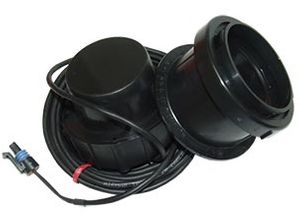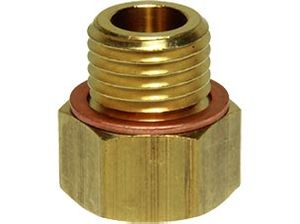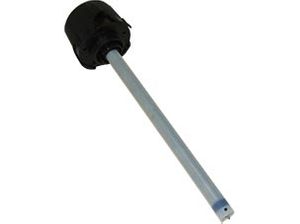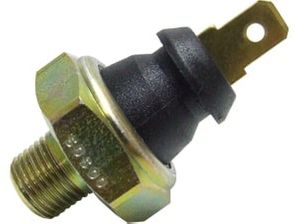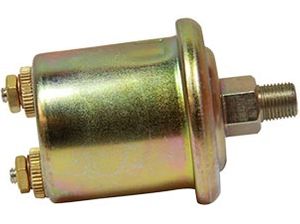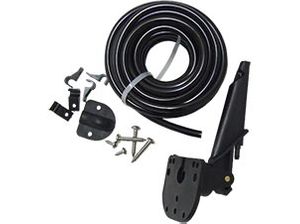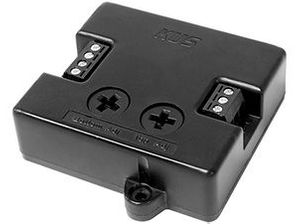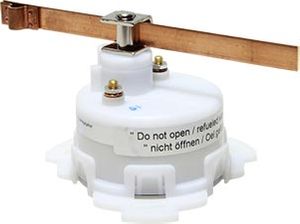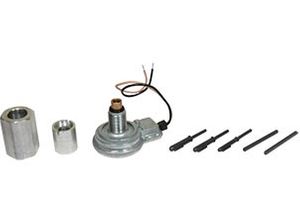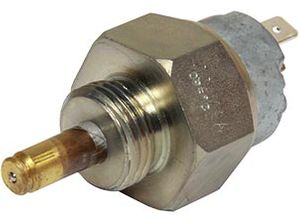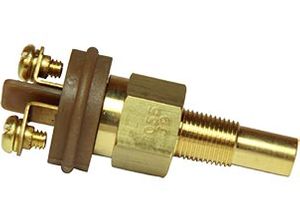Senders & Fittings
Each sender is designed to operate a particular gauge or instrument type, please select from the list below to view the range of senders we offer. Some senders operate at differing resistance readings, it is important to match the sender with the correct gauge, otherwise the reading may be inaccurate. Here is some information to help you. What is the difference between European & American resistance senders? The resistance is how the gauge and sender talk to each other. The sender supplies the gauge with a resistance which the gauge then displays on the dial. European and American resistances are different from one another. A European resistance fuel sender will have an output of around 10 Ohms on empty and as the fuel level increases so will the Ohms, while an American resistance fuel sender will have an output of around 240 Ohms and the resistance will decrease as the fuel level increases. This is the reason you must match the resistance of the gauge and sender and the most common problem we hear of is when this has not been done correctly so the gauge will be reading opposite to what it should be. What type senders do I need, standard or insulated earthed? First of all let's explain what standard senders and insulated senders mean. Standard earthed senders tend to have one terminal which is where you connect the signal wire from the gauge, and the sender earths itself through the engine or casing. Insulated senders tend to have two terminals, one terminal is for the signal wire from the gauge and the other is to run to an earth/negative on the battery. So the first thing to check is if your engine is standard earth or insulated earth. A good way to do this is to see if the negative terminal of your starter motor is connected to the engine. If it is then it is more than likely that your engine is standard earthed and you can use standard earthed senders. If you find it is connected to the negative of the battery then you are best to use insulated earthed senders. If in doubt we recommend consulting a qualified and competent Marine Electrician. Do I need dual or single station senders? This depends on how many instrument positions you have. If you have two positions and you would like both positions to display the engine information you will require dual station senders as each sender can supply two gauges. If you only have one steering position then you will require single station senders as the sender will only be supplying one gauge. If you are still unsure which type of sender you need, please contact us we will be happy to help.
Each sender is designed to operate a particular gauge or instrument type, please select from the list below to view the range of senders we offer. Some senders operate at differing resistance readings, it is important to match the sender with the correct gauge, otherwise the reading may be inaccurate. Here is some information to help you. What is the difference between European & American resistance...
Read more